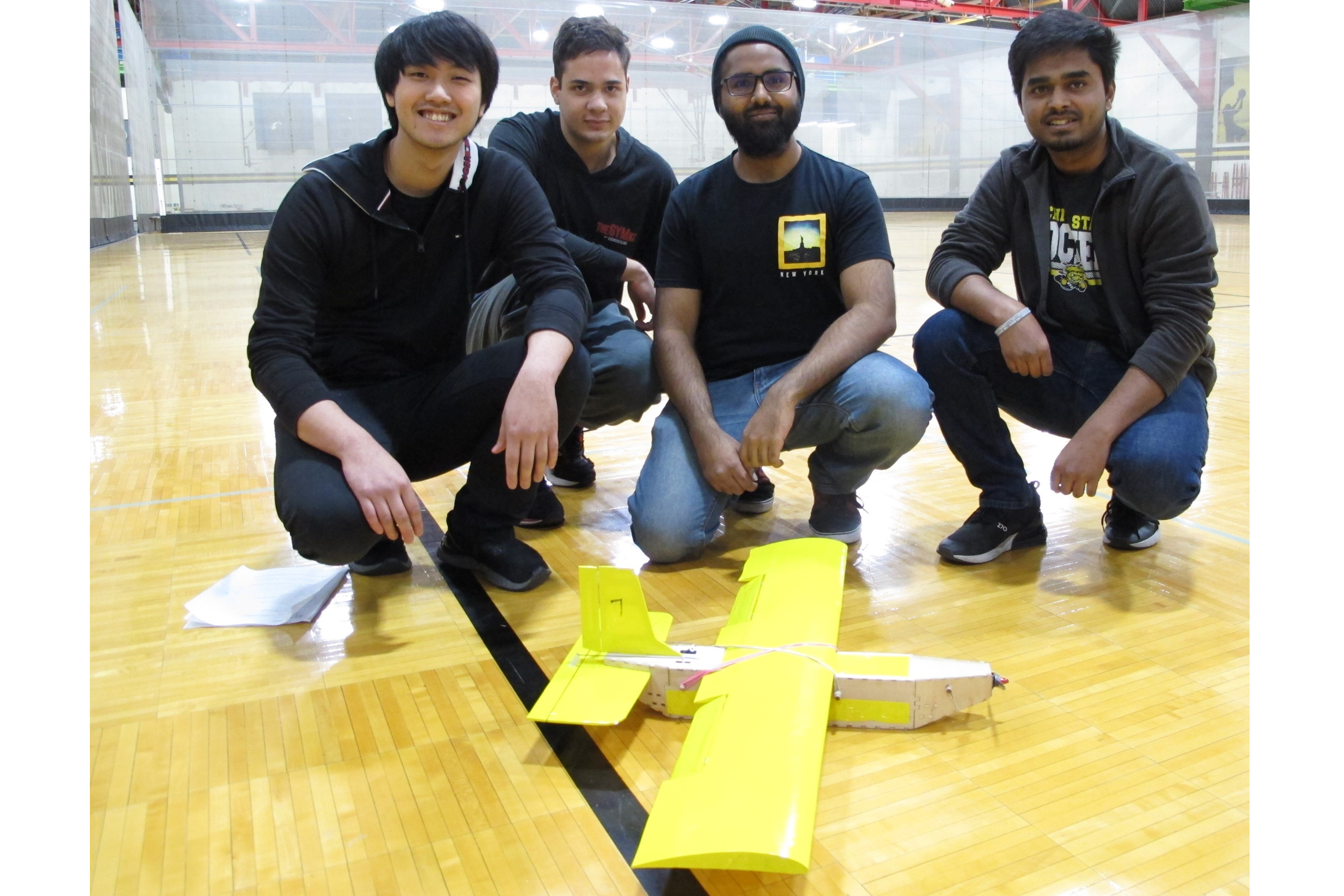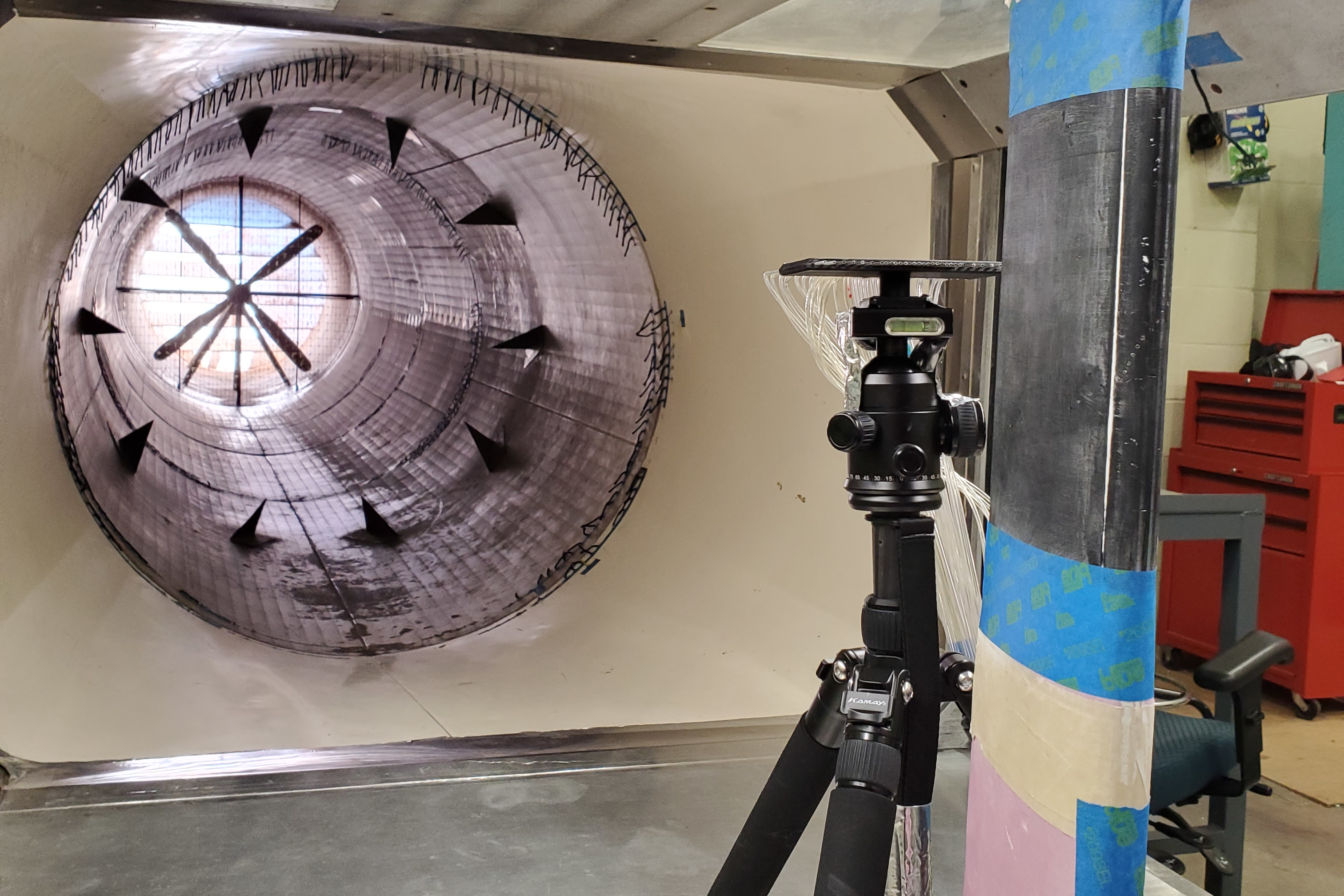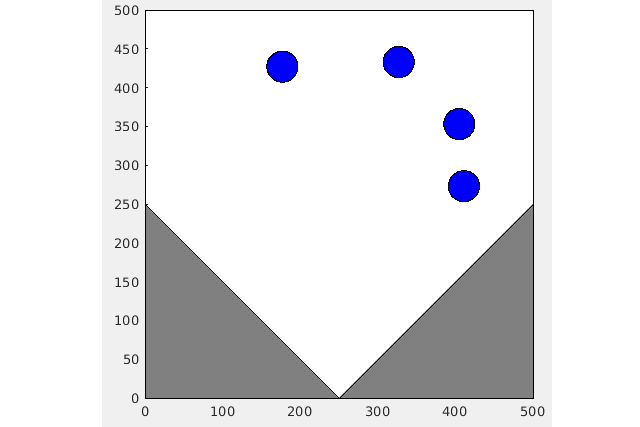Other Cool Projects
Here are some cool projects done during college or as a side project.
Here are some cool projects done during college or as a side project.

At Wichita State University, aerospace engineering students are required to design and build an RC airplane from scratch and compete at the Boeing Bronze Propeller Competition. For the 2022 cohort, the aircraft must be able to pick up objects from the ground on-the-fly. For my team, we decided to pick up COVID-19 test samples and design our airplane with an external hook. The features of the final design include a high wing, elevated wings, large flaps, a detachable wing, and high thrust. As the aerodynamic lead, I designed the aerodynamic surfaces (wing and flaps, empennage) and validated them during wind tunnel tests, which showed better than predicted performance. Unfortunately, we were unable to pick up specimens due to the high speed of flight; however, the design process was nonetheless an unpleasant experience.

As part of my Experimental Methods in Aerospace Engineering course, my team was chosen to conduct research in collaboration with the National Institute of Aviation Research (NIAR) and Trek Bicycle Corporation. Our project focused on the development of an accurate and economical 2D wind tunnel testing technique for airfoils at very low Reynolds numbers. We designed and manufactured an integrated wake rake with surface pressure taps to capture pressure data on the surface and in the wake. I was responsible for creating the mathematical models, calculating engineering estimates for wind tunnel testing, and validating loads with force balance measurements. Unfortunately, due to the low Reynolds number, errors and uncertainty in the wind tunnel made the integrating wake rake unreliable, and we concluded that a traditional force balance is more suitable if validation of the wake profile is not required.

All aerospace engineering students at Wichita State University have completed the dreaded ball collision simulation project as part of the Engineering Digital Computations course. Unfortunately, because I was a tutor for aerospace engineering, I have done variations of this project at least six times! The premise is simple: balls move in a certain direction, and based on collision physics, they should change direction if they hit the wall, having a head-on or an offset collision. The code is written in MATLAB, and it is certainly a fun yet challenging project. If you're a student working on this now, my advice is to start the project early! And remember, everyone before you has done this too, so we know how difficult this is!
maw272727@gmail.com
mwang1@shockers.wichita.edu